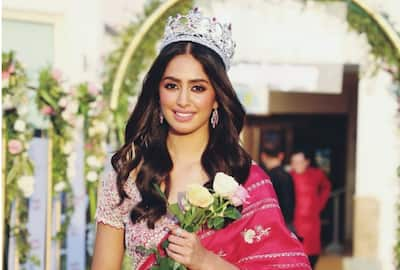Maha Shivratri 2024: Commemorates the sacred union of Lord Shiva and Goddess Parvati

As the much-anticipated Maha Shivratri approaches on March 8, devotees gear up to celebrate the revered Hindu festival dedicated to Lord Shiva. This annual celebration falls on the 14th day of the dark fortnight of the Hindu month of Phalguna, providing a powerful convergence of divine energies for spiritual growth. Amidst the excitement, confusion often arises regarding the distinctions between 'Shivratri' and 'Mahashivratri.'
To clarify, Shivratri, or the Night of Shiva, is a monthly event occurring on the 14th day of every lunar month's dark fortnight. Devotees observe it through fasting and prayers to Lord Shiva. However, the most significant and grandeur of these nights is Mahashivratri, celebrated annually.
Let's delve into the key differences between Shivratri and Mahashivratri:
Frequency: Shivratri occurs every month, while Mahashivratri is an annual event.
Significance: Mahashivratri holds profound spiritual importance, symbolizing the divine union of Lord Shiva and Goddess Parvati. It marks the night of Lord Shiva's cosmic dance, Tandava.
Observance: Both occasions involve fasting, meditation, and worship of Lord Shiva. However, Mahashivratri is celebrated on a grander scale with elaborate rituals, devotional singing, and night-long vigils.
Community Celebration: Mahashivratri brings communities together for collective prayer and celebration. Devotees often visit Shiva temples, where priests perform rituals, including the ritual bathing of Shiva Lingam.
Spiritual Significance: Mahashivratri is considered a time of spiritual awakening and renewal. It is auspicious for spiritual practices like meditation, chanting mantras, and introspection, aiming for spiritual growth and liberation.
As Maha Shivratri approaches, understanding these nuances enhances the appreciation of the profound significance and unique characteristics of both Shivratri and Mahashivratri celebrations.


